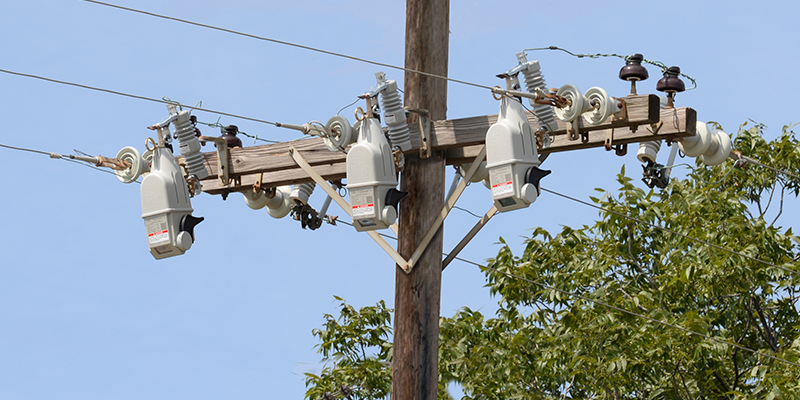How to Make the Smart Grid Smarter
Back to Top
Over the past decade, many utilities have made earnest efforts to transform their distribution networks into “smart grids.” But if the average utility grid has gotten so smart, why is the reliability of the U.S. grid as a whole getting worse?
On average, Americans spent eight hours without power in both 2020 and 2021, more than double the rates seen in any year from 2013 to 2015. Major blackout events increased by more than 60% from 2015 to 2020.
Part of the answer to the question of why reliability is getting worse is that the true performance of the grid—the performance that matters to customers—is a blind spot for utilities. Many utilities, and their regulators, use the System Average Interruption Duration Index (SAIDI) excluding major events as their key reliability metric. By that metric, most utilities continue to do an excellent job operating their grid's reliability.
However, in a world where climate change is driving an increase in extreme weather events, it doesn’t make sense to measure how good a utility is at keeping the grid on when the sky is blue. Utilities must refine their key metrics to ones that track every outage—true grid resilience measures that reveal how well the utility keeps on or quickly restores power when major events such as hurricanes and snowstorms occur.
It’s an axiom in business that what isn’t measured can’t be managed. When utilities measure for resilience, they can seek the rest of the answer to why grid reliability is getting worse. That answer starts with the fact that, unfortunately, most utility grids in the United States just aren’t that smart … yet. But they can be.
Read more about how we can build a smarter grid here.